I. General Introduction
a. Geographic location
Bai Tu Long National Park is located in the northeast of Co To Island, belonging to Van Don District, Quang Ninh Province. With majestic islands, azure blue sea, and mysterious caves, Bai Tu Long promises to bring wonderful experiences to visitors who come to visit this place.
b. Formation and development process
Bai Tu Long National Park was established under Decision No. 85/2001/QD-TTg of the Prime Minister, based on the expansion and reclassification from the Ba Mun Nature Reserve. The Park is recognized as the 38th ASEAN Heritage Park with unique features in terms of rare biological reserves and conservation not only of Vietnam but also the entire region in 2017. This place is considered a group of rocky islands formed millions of years ago, with a system of islands, caves, sandy beaches, and rich primary forests.
c. Area scale
The Park has a total area of 15,783ha, including 6,125ha of islands, 9,658ha of seawater, over 80 large and small islands. This place possesses a high biodiversity value and extremely unique landscapes.
d. Function
-
Biodiversity conservation
There are 2,415 species of organisms here, including 1,195 species of terrestrial organisms and 1,220 species of marine organisms. The number of species listed in the World Red List and the Vietnam Red List is 108 species. Especially, there are over 10 species listed in the list of endangered and rare species that are given priority for protection, such as the common otter, small-clawed otter, dugong, three-striped box turtle, yellow-headed box turtle from the North, Chinese white dolphin, white crane from China, and some rare and valuable species for conservation, scientific, and high economic value such as corals, abalones, sea cucumbers, acanthus, sea cucumber…
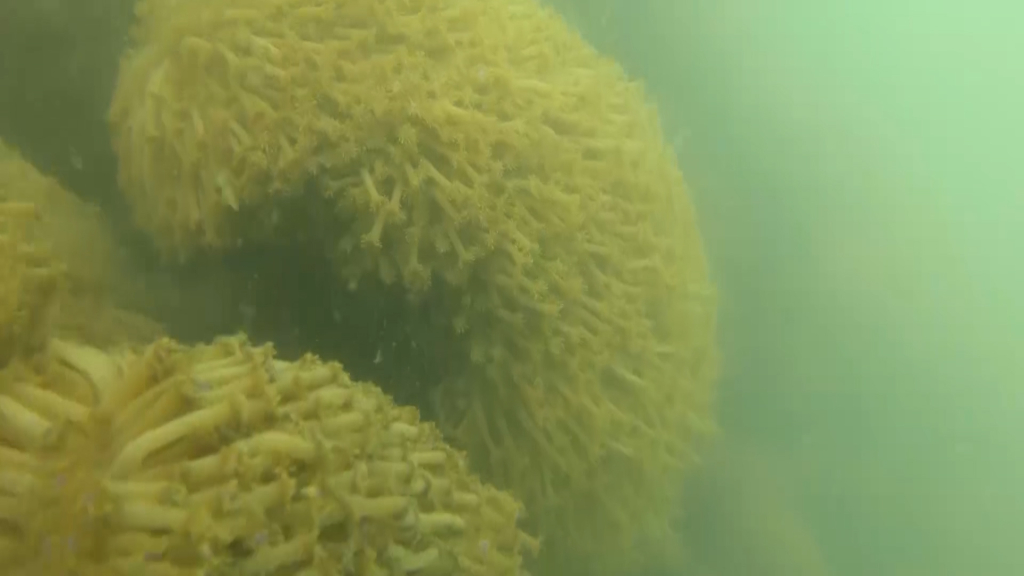 The coral population is being preserved in Bai Tu Long National Park. (Source: Quang Ninh Tourism Portal)
The coral population is being preserved in Bai Tu Long National Park. (Source: Quang Ninh Tourism Portal)
-
Protecting the natural landscape
The pristine and majestic beauty of Bai Tu Long National Park attracts visitors from all over the world.
-
Ecotourism development
Bai Tu Long National Park is an ideal destination for ecotourism activities such as kayaking, snorkeling, and enjoying the beauty of nature.
-
Scientific research
Bai Tu Long National Park provides valuable resources for scientific research on ecology, biodiversity, and climate change.
II. Points of interest in the National Park
In Bai Tu Long National Park, visitors can visit Ba Mun Island, Bat Cave, Cai De Tunnel, and Tra Ngoc Lon. Each location offers an exciting experience with beautiful scenery and exploration activities.
Ba Mun Island
Ba Mun Island is a cluster of islands in Bai Tu Long National Park and is known as the most beautiful and largest cluster of islands here. This place boasts a rich ecosystem and diverse wildlife. Here, you can immerse yourself in the cool, pristine green forests and witness a variety of precious woods and rare animals.
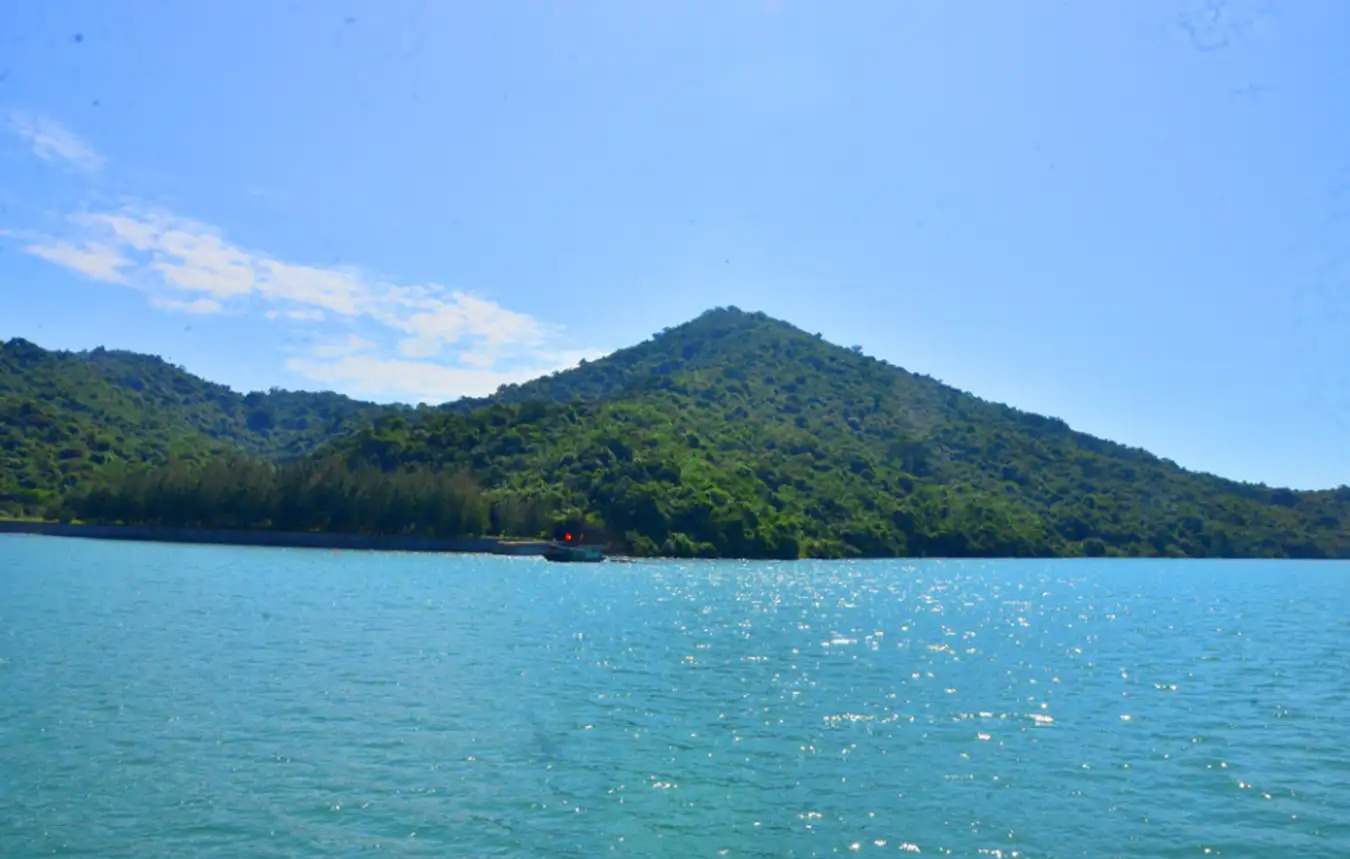 The cool green space of Ba Mun Island (Source: Traveloka)
The cool green space of Ba Mun Island (Source: Traveloka)
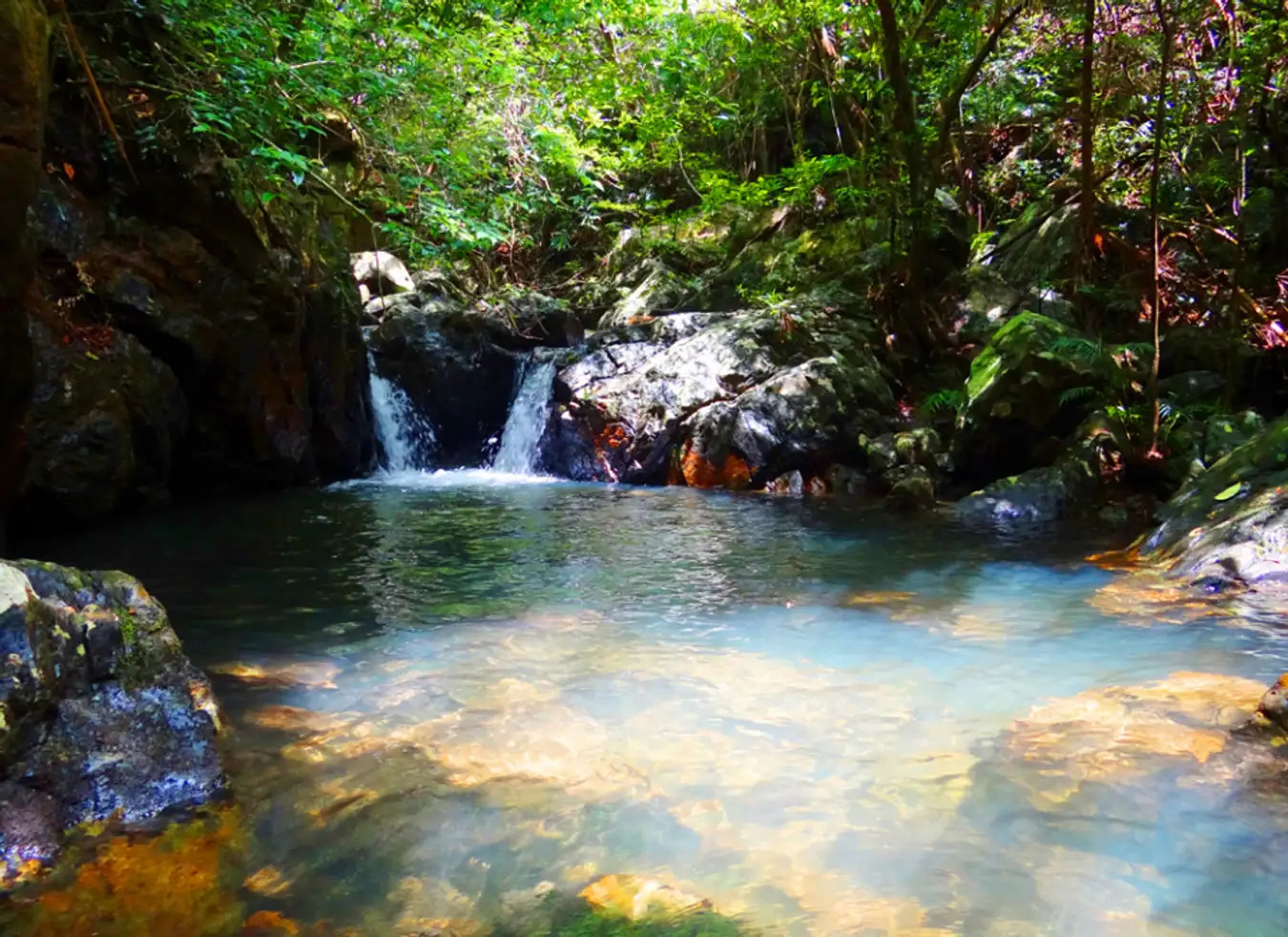 The cool and clear stream at Ba Mun Island (Source: Traveloka)
The cool and clear stream at Ba Mun Island (Source: Traveloka)
Bat Cave
Bat Cave is located at the end of the mangrove forest and is the home to thousands of bats, as well as many other species like fish, shrimp, and crabs. Additionally, there are many white and golden-furred monkeys with long tails living here. Although Bat Cave is not directly by the sea, seawater still flows through the rocks combined with underground streams to create stalactites inside the cave.
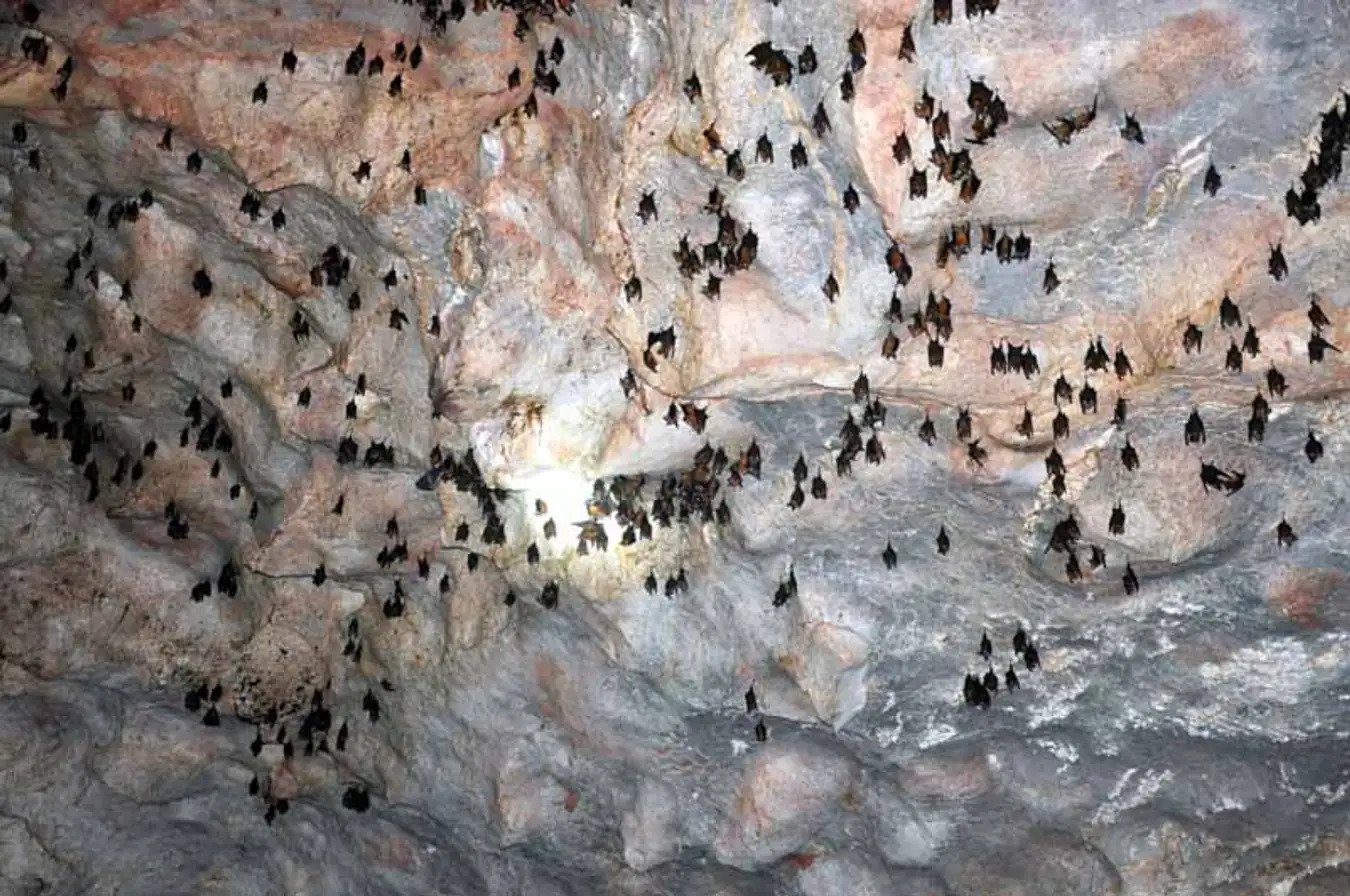 Bat Cave in Bai Tu Long National Park is the habitat of thousands of bats (Source: Quang Ninh Province’s official website)
Bat Cave in Bai Tu Long National Park is the habitat of thousands of bats (Source: Quang Ninh Province’s official website)
Cai De Cave
Cai De cave is known as the most unique spot in Bai Tu Long National Park. It is suitable for adventurous individuals who enjoy exploring. However, to venture into this cave, one can only do so during low tide or when the water level is low. During high tide, the cave entrance can be completely submerged, making it inaccessible. But when the water recedes, visitors can explore the cave using small boats or canoes, venturing deep inside to discover many fascinating features.
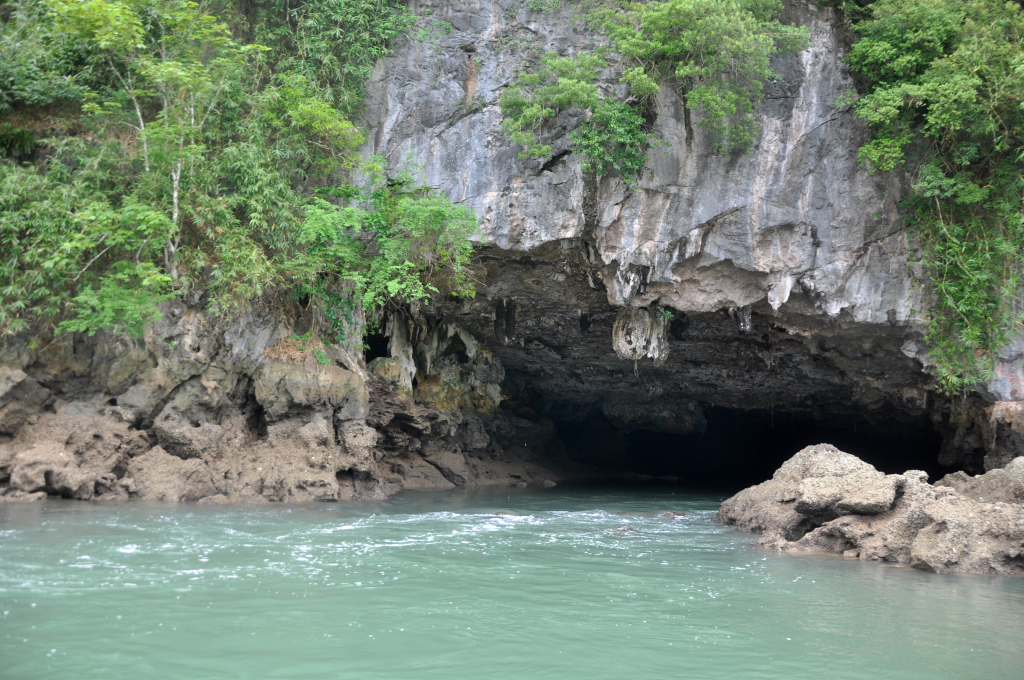
Cai De cave (Source: Quang Ninh Newspaper)
Tra Ngo Island
Tra Ngo Island is the largest rocky island in Bai Tu Long National Park. The most prominent feature here is Swan Island, a floating rocky island in Tra Than Bay belonging to Tra Ngo Island.
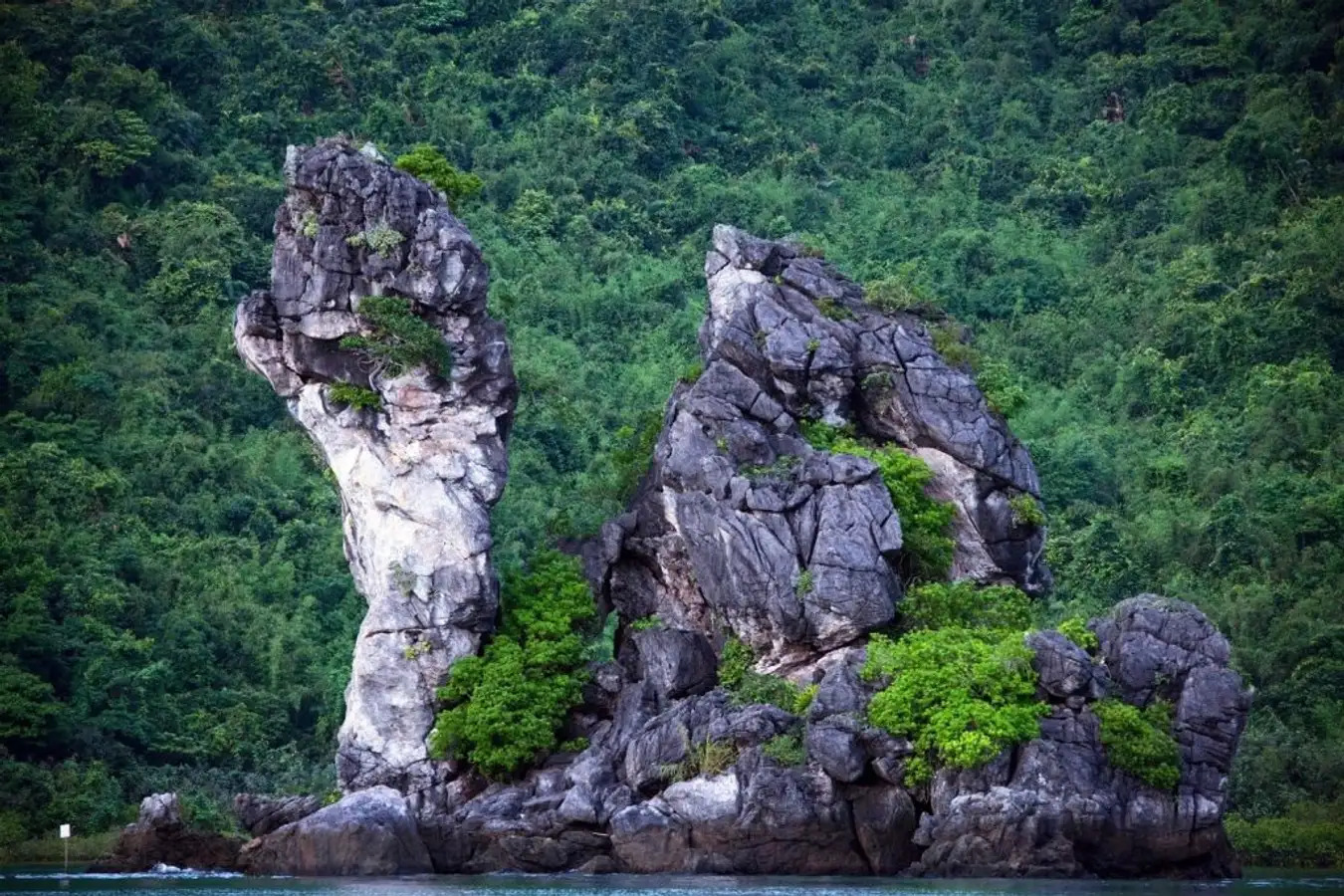 Swan Island (Source: Traveloka)
Swan Island (Source: Traveloka)
Bai Tu Long National Park is a precious gem of Vietnam with significant ecological, scenic, and cultural value. It plays a crucial role in the socio-economic development of Quang Ninh province and is a popular destination for tourists from both domestic and international locations.
Traveling to Bai Tu Long National Park offers a great opportunity to combine with participating in the short course “Views and Values of Nature” on eco-tourism, a unique and enriching experience that helps visitors understand the importance of protecting the environment and ecosystems.
This program will help you better understand the value of nature and how we can protect and respect the surrounding environment. Through interesting lessons and practical activities, you will experience and explore the natural beauty of Bai Tu Long National Park.
Register hereWith the desire to green the land of Vietnam, within the framework of the short-term course “Views and Values of Nature”, we call on the community to donate trees for the eco-tour. Your contributions and tree planting will help increase the number of green trees at each destination. Even if it’s just 1-2 trees, you are contributing to greening our shared home!
Register your tree donation here
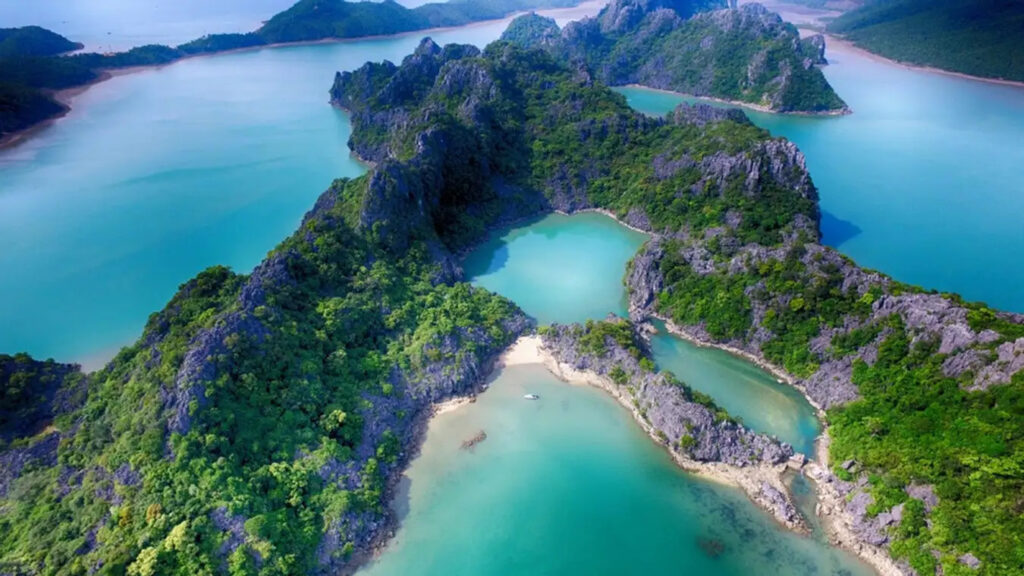

 Tiếng Việt
Tiếng Việt 日本語
日本語